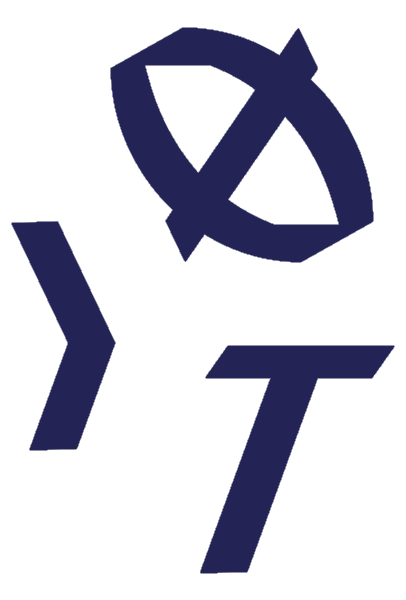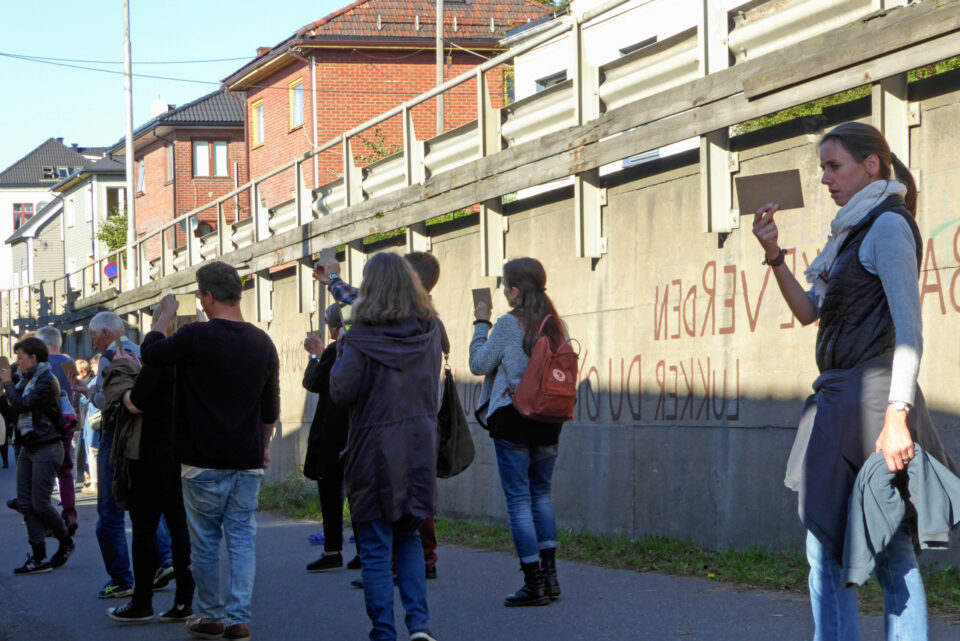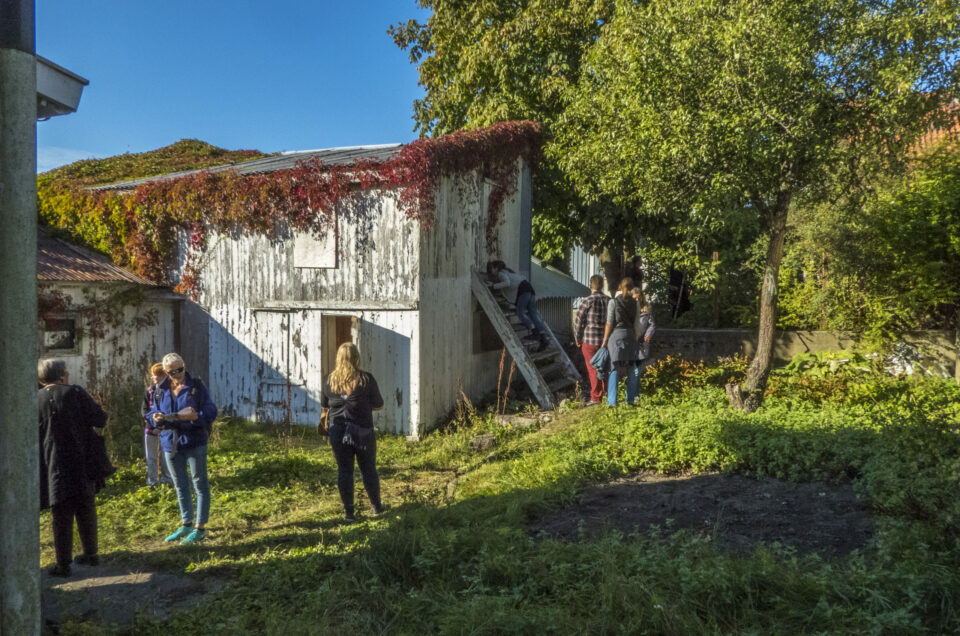Artistic Acupuncture – Sjoerd Wagenaar (NL)
Can a foreign artist contribute with creative methods that can influence local involvement? Avdeling scenekunst has invited dutch artist Sjoerd Wagenaar to Moss. In the period 25–29. November 2019, he will focus on urban development in the area around the upcoming train station and Moss harbor with the concept Artistic Acupuncture.
Artistic Acupuncture is an attempt to show how artists can contribute to a renewed and relevant understanding of current societal issues. The idea behind the concept is that many European cities have common challenges related to deindustrialisation, urban renewal, gentrification – and that the cultural sector, especially art in public spaces, has an important role to play in approaching these challenges.
Moss is one of nine selected urban spaces in this first project for a new think tank for art in public spaces established by the European network organization IN SITU – European Platform for Artistic Creation in Public Space.
Think tank for art in public spaces
The new think tank is based on a conviction that the artists’ creative power can stimulate change in society. The artist’s gaze can highlight new opinions and perspectives on important issues that cross national borders and geographical areas, while acknowledging that all places have their distinctive qualities.
A total of nine artistic «acupuncture assignments» will take place in Europe in 2018–2019. For each assignment, a foreign artist is invited to investigate a specific, local context that the IN SITU partner has identified in their area. The contexts will relate loosely to one or more of three reference topics: cultural identity, social justice or urban renewal.
Moss is changing
Moss has been selected to receive Artistic Acupuncture through Østfold kulturutvikling, which is a Norwegian IN SITU partner. This is because Moss is undergoing extensive changes that will define the city for future generations: Nyquistbyen has been leveled, a new tunnel will be dug and a train station built, and there will probably be major changes in the port and by the ferry berth. Right now a program is being made for work on the zoning plan that is to be approved in 2-3 years.
Although the project has been known for over 20 years, significant conflicts have recently arisen with strong commitment from the citizens. There have been concerns about the ground conditions, costs, damage to the remaining buildings in the area, and disagreement about which solutions are best suited for future needs. Some concerns are particularly local, while others concern a national transport plan of international significance. Removal of the train tracks and other changes facilitate a significantly different urban space and similar public spaces for the community. The conflict over the choice of area for the new train station has subsided for many, but it is natural to predict new conflicts regarding the design of this area in the future.
Important questions arise about social, economic, and political instruments, with challenges for local democracy in an increasingly globalized world. Who can participate in the processes and decisions, and on what terms? Who will benefit from the development, and what does this say about what we value as a society?
Contribute through conversation
The artist invited to Moss is Sjoerd Wagenaar – an experienced director, set designer and educator based in the Netherlands. He holds an MA in Theater from DASARTS in Amsterdam, and is best known as the founder and artistic director of PeerGroup, an innovative company that links professional performers with amateurs, and specializes in site-specific performances in a local setting. Wagenaar works at the intersection of culture, agriculture, nature, gastronomy and sociology. He now runs a number of process-oriented activities that span art, education, health, nature management, and consulting work for innovation and processes for change.
Waagenar will spend five days exploring the place and the context. Østfold kulturutvikling avd. Scenekunst will – as the local IN SITU partner- host and facilitate meetings with relevant people from both the public sector and the civil society. This can be anything from real estate developers to researchers, architects, artists, historians and committed residents. On Thursday 28. November, he invites individuals of the general public to a conversation in the café at the House of Foundation. If you have opinions about urban development in Moss, stop by between 12:00 and 17:00.
Inspiring innovation
This Artistic Acupuncture assignment will not focus on solutions, but rather on the process.
How is the public conversation/debate conducted? Who is allowed to participate and who determines the framework for participation? How are different interests invited? Can a foreign artist contribute with creative methods that can influence the engagement in a constructive direction?
After the week-long visit, the artist will design a report with his reflections. It will include one or more concepts for artistic interventions or works that can stimulate an alternative approach to the problem. There is no obligation to realize the artistic proposals. In any case, they are valued as a unique, artistic perspective on a specific European context – which refers to artists’ significant ability to read social contexts and inspire innovation. During 2020, the results – and any effects – will be shared with the general public.
Artistic Acupuncture is part of a 3-year collaboration with Byliv Moss and municipal planner Terje Pettersen. The project is closely related to In search of Democracy 3.0 by Company New Heroes (NL) which arrives in 2020, and to the former productions Mellemrum Encounter/Moss by Kitt Johnson (DK) in 2016, PICTURE Budapest-Østfold: Investigating the Role of Artistic Interventions in (Post)industrial Environments in 2017 (a research and exchange project with a Hungarian IN SITU partner) and the collaboration with the Greek artist Alexandros Mistriotis in 2017–2020. Common to these projects is an extensive collaboration with a diversity of residents who contribute to the content, and where the process is as important as the experiences that are created.
About IN SITU:
IN SITU is the European platform for art in public spaces. Since 2003, IN SITU has supported more than 200 artists working outside conventional arenas and contributing to the transformation of local environments. IN SITU is an ecosystem that connects a new generation of artists with citizens, cultural organizations and key people in the economic, political and social spheres of Europe. This takes place through transnational laboratories and workshops, residences, co-productions and dissemination of artistic works in a variety of contexts. IN SITU ACT 2017–2020 is now being implemented with 20 partners from 12 countries, co-financed by the EU Culture Program Creative Europe.
Avd. Scenekunsts projects in Moss
In 2014, Østfold kulturutvikling avd. Scenekunst became the first and only Norwegian partner in IN SITU. Most of our work in art in public spaces and with site-specific performing arts has taken place in Moss and has examined various aspects of a changing local community. Some of the works of art have focused on de-industrialized areas, while others have prioritized various forms of participation from the inhabitants. All can be understood as invitations to experience the city and the city’s spaces from different perspectives. Some of the works have focused on perceptions, while others have asked questions about individual and joint responsibility in matters of social significance.
You can read more about our work in IN SITU at www.insitu.no
You can view several short videos on vimeo.com/channels/1341242





